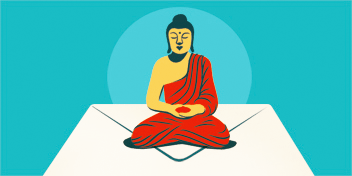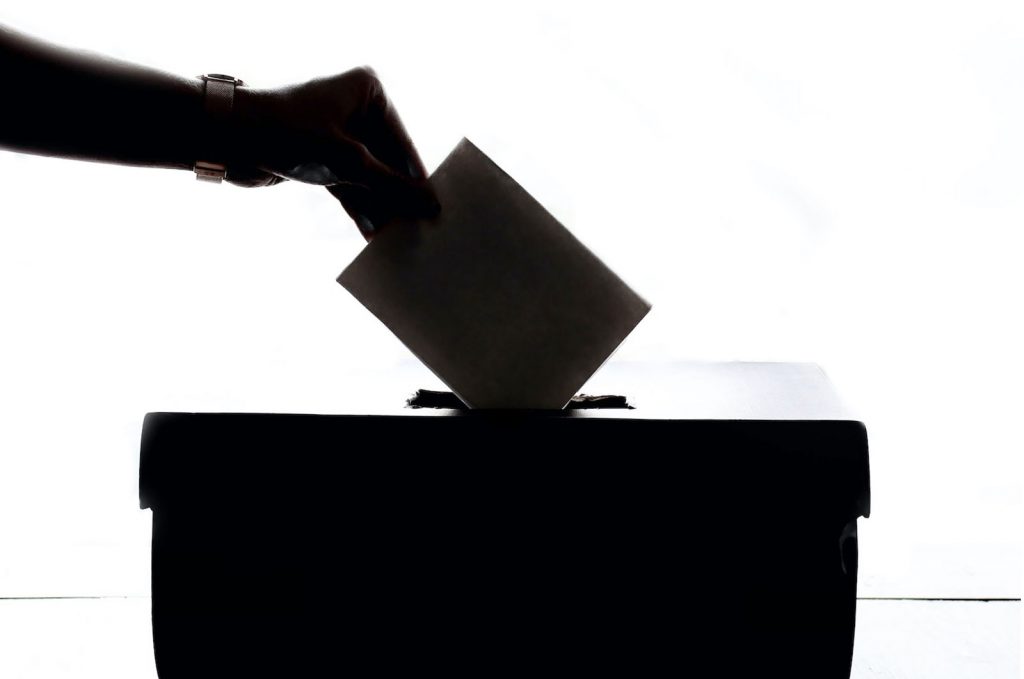In the online forums I’ve been involved in, the virtual workshops hosted by groups all across the country, people often have described feeling powerless. Confined as many of us are, experiencing so many pent-up feelings in these aggressive and confounding times, people often find it hard to know where to channel our energy. In the face of immense problems, we can be frozen by the question, what in the world can I do? Any possible action seems so small, so insufficient.
In a forum in early September, a participant presented me with this exact dilemma. He was attending from a city where tensions were high around a police shooting. The night before, he had attended a demonstration that turned violent when the police shot tear gas and rubber bullets at the protestors. He felt angry, frightened, and more than anything he felt hopeless. He asked if I could talk about how we use our practice in moments like this.
This man spoke for many, we could see, as advice and support for him lit up in the chat.
We then explored how meditation is a tool that helps us to look more deeply within when we feel the pain of our connection to the world. And even though it runs counter to what many of us have been taught as we grew up, I’ve learned that true acceptance is not inertness. Through meditation we can train the mind not to get lost in anger or grief, but instead to look into the heart of these feelings and find a way to mine their energy.
Meditation helps us sit with powerful emotions yet avoid two extremes—being overcome or defined by them, or trying to push them away. The more we try to tamp down or deny the anger or grief we feel, the stronger they get. Our challenge lies in honoring the message of the emotions and channeling the energy they contain without letting them consume us. In Buddhist psychology, anger is likened to a forest fire that burns up its own support. That means the anger can destroy the host. And, like a forest fire, anger can burn wild, ending up in a place far from where it started and with devastating consequences. Getting lost in anger can indeed leave us very far from where we want to be.
Grief is a natural feeling in the face of loss—whether of a person, a way of life, or cherished ideals. I’ve learned that grief is love without the usual place to land, and that healing can happen when I connect to the love as well as the loss.
Through mindfulness it is possible to forge a new relationship with these feelings, relying on their conveyance of strength. If you find you are adding judgement, condemnation, and future projection, practice letting go of those reactions as best you can, as if they were birds flying out of your hands into the air. Then return to the simple sensation of the emotion, absent the add-ons. In meditation, as we breathe into those feelings and allow them space inside the body, we watch how they move and change.
None of these emotional states is permanent; they’re in flux, changing, shifting. The inner strength built by recognizing this opens our sense of possibility, a bigger sense of the world. This perspective allows everything we do, or try or practice, to be held in a much bigger space.
As I sit with both anger and grief, I find that within each of them is a core knot of my feeling helpless. Once I can see that knot, I settle on one thing to do that will not let the helplessness take over. That thing may seem small, or not enough, but it represents essential movement, affirming agency and an ability to convert painful emotional states into action. That conversion is what frees us from despair.
To make fundamental change for the system, voting is the best chance we have.These days, the action I am taking most often is encouraging people to vote. In my mind, voting is a direct reflection of the Buddha saying everyone has innate dignity, or innate worth. To me, within our specific form of government, this translates to everyone getting to have a voice. It is essential that we exercise it. People have struggled for that right, and far too many people are unjustly denied it.
Voting is also a reflection of looking at causes and conditions that contribute to suffering, looking at how systems change to ease pain. Even if in some years (maybe not this one) the difference between candidates seems marginal, lots of people live in those margins. Incremental change—a small increase in the minimum wage, for example—might not seem like enough to me, but it is a critical help to many.
That was my response to the question I was asked in my workshop. “This might seem like a bypass, which I don’t mean it to be, but please vote,” I said. “It is essential that people vote and engage in the political process, whether or not they choose to demonstrate or take other actions. To make fundamental change for the system, voting is the best chance we have.”
I recalled being at a conference years ago where someone asked environmentalist Robert Kennedy Jr. about recycling and he said something similar. He told the questioner he didn’t want to dissuade her from recycling, but it was most important that people elect representatives who can change policy.
In voting, we are connecting to something bigger than ourselves. We can’t always see results right away, sometimes not even in our lifetime. Every election, as I cast my ballot, I think about my wish that all beings be happy, and how voting reflects that value. In voting, you express a deep appreciation of how interdependent we are, and that everybody counts, and everybody matters. And, at the end of the day, that action, voting, is a powerful antidote to despair. Even more than that, voting is an affirmation of our commitment to the well being of others that we can actually fulfill, and not simply dream about.
That is embodied for me in the Statue of Liberty. I’ve publicly confessed to owning any number of blue green objects meant to be her, made of glass, crystal, or what look like little nubs of erasers. I once joked about wanting to buy a five-foot replica to put in the small New York City studio apartment I was subletting—to bring this emblem of home into my home. Mostly I was joking about it. Mostly. I am a genuine fan-girl. I admire her boundless compassion, her limitless welcome: “You are welcome here, you can find a home here. Even you, whom no one else wants, I welcome you.”
What hadn’t struck me so strongly until I was writing about Lady Liberty in my most recent book, Real Change, is that she is a woman on the move. If you look carefully at the Statue of Liberty, you see that the back of her right foot is raised. She is in midstride. Lady Liberty is ready to spring into action. Her step represents action, activity, aliveness. And so does our vote.
♦
In this Tricycle video compilation, dharma teachers share messages on the importance of voting.
Thank you for subscribing to Tricycle! As a nonprofit, we depend on readers like you to keep Buddhist teachings and practices widely available.

